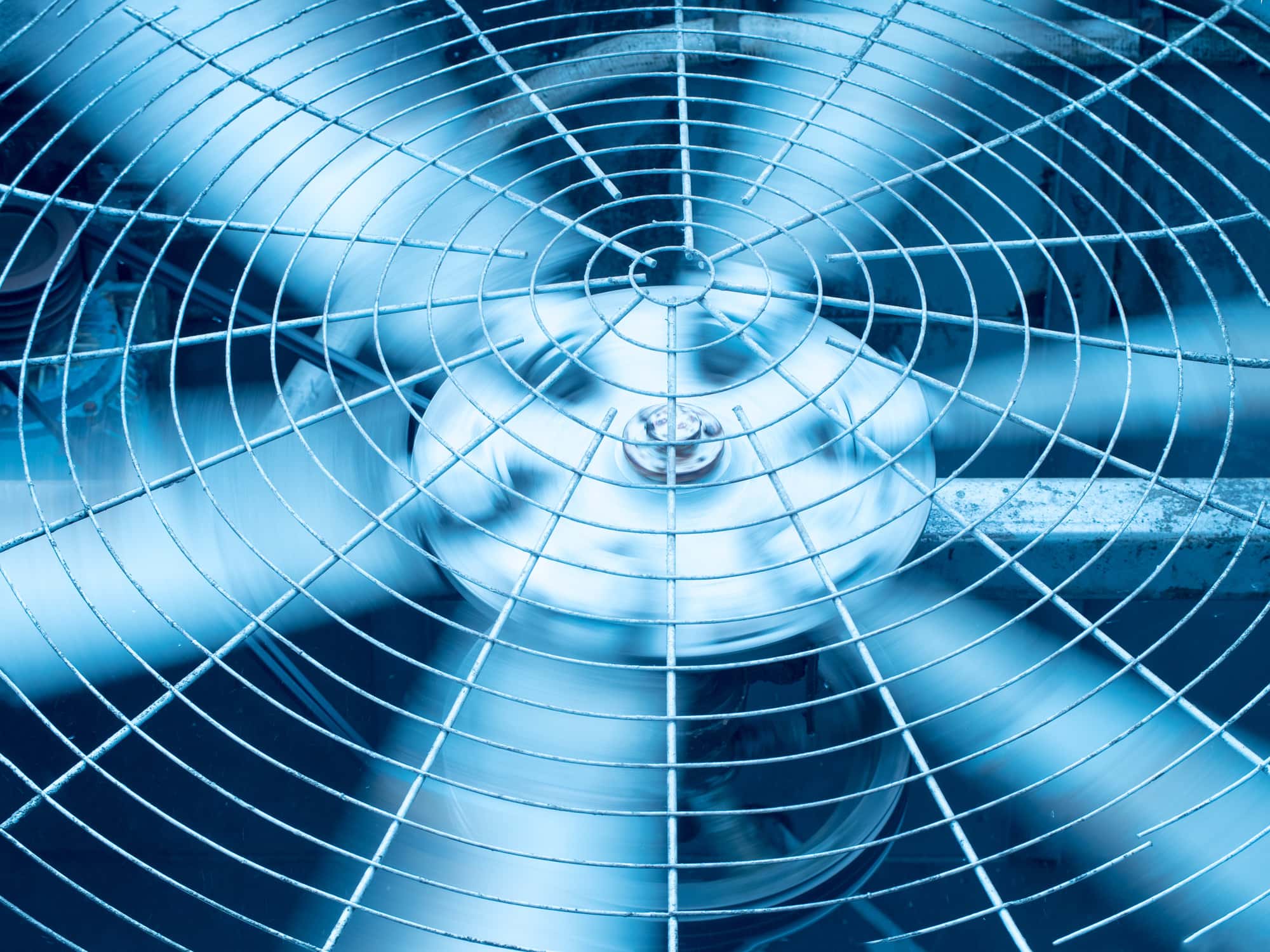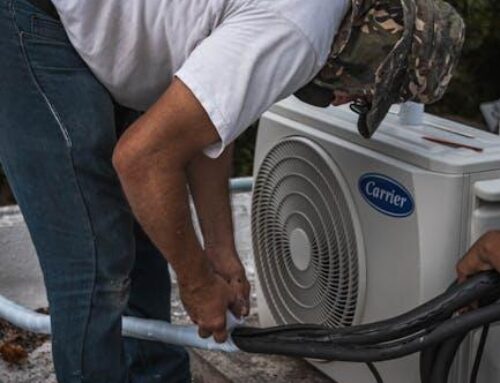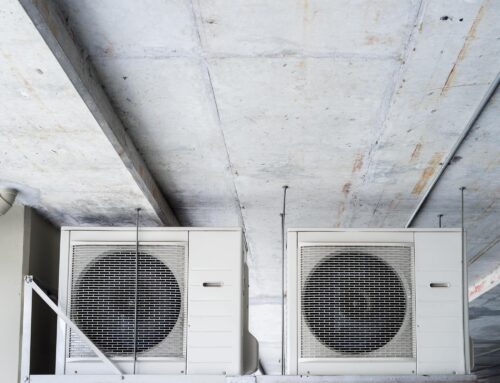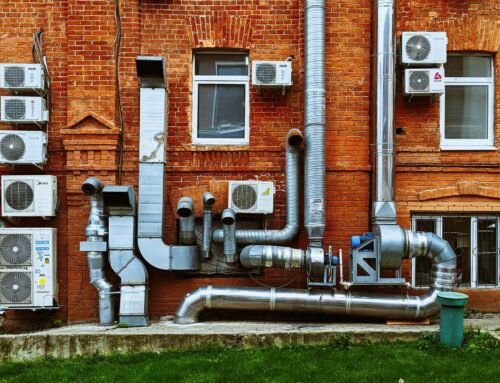You are a homeowner and with this comes several responsibilities. One of the biggest components of this is the temperature control within the home.
Have you ever wondered what all of the terms mean? Knowing the different components of your heating and cooling system can be helpful for maintenance or repairs on it in the future.
Keep reading to learn about the common HVAC terminology that is useful to know.
HVAC Terminology: Starting With HVAC
HVAC is the acronym that stands for heating, ventilation, and air conditioning.
It is used to describe the regulation of indoor climates in both residential and commercial buildings.
Dehumidifier
A dehumidifier is used to lower the level of moisture in the air of your home. It converts the air from a gaseous state to a liquid state and then removes it. This has the opposite effect of a humidifier.
SEER
SEER is an acronym that stands for seasonal energy efficiency ratio. This is a description that rates the cooling efficiency of a cooling system. A higher SEER rating means that the system is highly efficient.
Heat Exchanger
A heat exchanger is used to transfer heat. It is able to do this without transferring the liquid that comes with the heat.
Heat exchanges help machines work with more efficiency and help to heat or cool buildings depending on the season.
Split System
A split system is a term used to describe a unit that is used for both the heating and cooling of a home or place of business. This is the most common type of system.
Ventilation
Ventilation is the process of air being exchanged or removed in order to improve the air quality of a room or space. It serves to circulate the air and prevent it from becoming stagnant. Ventilation also helps in the removal of moisture from the air.
Condenser Coil
A condenser coil is a part of the air conditioning system. It serves to remove heat and is known as a heat exchanger.
These coils are usually located in the outdoor portion of your air conditioning unit.
Compressor
The compressor sits inside the condenser in your air conditioning system.
It is responsible for the noise you hear from your unit. It serves to circulate and raise the pressure of the refrigerant within the system.
Load Calculation
This is not a component of your HVAC system but an important term to know when installing one. Our technicians will perform this calculation in order to find out how much heating or cooling is required for your home.
This ensures that you are installing a system that is exactly what you need to properly regulate your home.
Contact Us Today
Our business brings over 72 years of experience and a promise of superior service to every job. We are happy to answer any questions you have and look forward to working with you.
Now that you are up to speed on all of the HVAC terminology, feel free to contact us with any of your HVAC needs.






